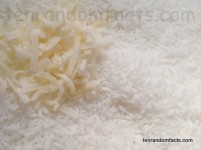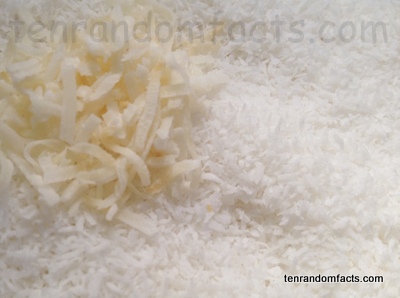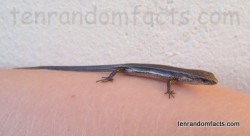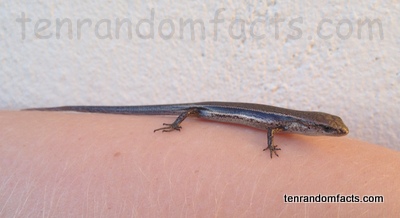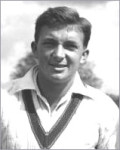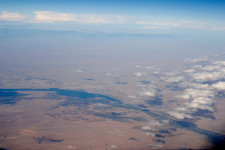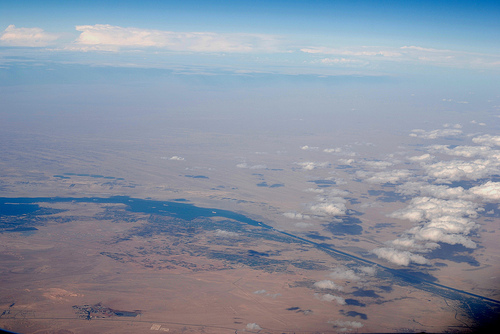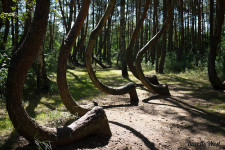
Don’t go crook watching the Crooked Forest!
- Crooked Forest is a group of pine trees that are abnormally distorted and bent near the base of the tree trunks, and as a result the trunks have grown in a significant ‘c’ shaped curve.
- The location of Crooked Forest is in Poland’s province of West Pomerania, in Europe, near the town of Gryfino.
- The bends in the Crooked Forest tree trunks are at roughly right angles and generally in the direction of due north.
- Farmers are said to have planted the Crooked Forest in approximately 1930, making the trees roughly 85 years old in 2015.
- Crooked Forest features roughly 400 trees, that are arranged in 22 rows.
Crooked Forest
Image courtesy of Lisa/Flickr
- It is widely believed that the trees of Crooked Forest were purposely bent via the use of a tool or machine, up to 10 years after planting.
- Theories of the cause of the bending of the trees in the Crooked Forest are many, and some have said that it is a result of heavy snow covering, weird gravity forces and army tank flattening.
- It is likely that the trees in the Crooked Forest were grown in a peculiar way to create boat hull framing or furniture.
- The owners of the Crooked Forest probably abandoned their grove of trees during World War II’s impending Polish invasion.
- Tourists visiting the area commonly visit Crooked Forest, along with the region’s other interesting sites.
Bibliography:
Alford J, What Could Have Caused Poland’s Crooked Forest?, 2014, IFL Science, http://www.iflscience.com/environment/what-could-have-caused-polands-crooked-forest
Crooked Forest, 2015, Wikipedia, http://en.wikipedia.org/wiki/Crooked_Forest
Mysterious Photos of Unexplainable ‘Crooked Forest’ In Poland, Earth Porm, http://www.earthporm.com/mysterious-photos-unexplainably-crooked-forest-poland/
Poland’s Mysterious Crooked Forest, 2011, World of Mysteries, http://www.themysteryworld.com/2011/09/polands-mysterious-crooked-forest.html







